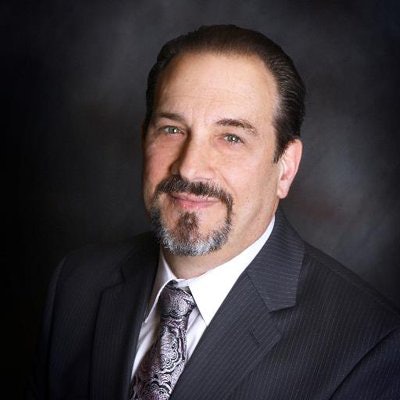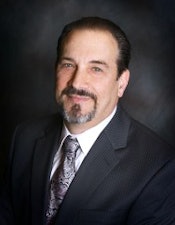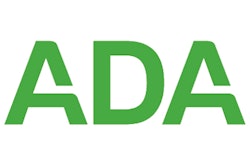
According to dental marketing guru Fred Joyal, your patients should not only know why you invested in the technology but, most importantly, how they will benefit from it.
The same holds true for your teledentistry purchase. To derive an optimal return on your investment, you need to fully explore the patient benefits and the marketing advantages of this rapidly growing technology.
 Michael Ventriello is the owner of Ventriello Communications.
Michael Ventriello is the owner of Ventriello Communications.Teledentistry is a form of digital dentistry that is focused on facilitating and enhancing remote communication between providers and patients, as well as streamlining remote collaboration among clinical colleagues.
You may think of teledentistry as a technology applied exclusively to the public health sector that provides access to care to underserved populations in poor, remote areas. If this is your perception, you are only partially right.
Although teledentistry has its roots and a legacy of success in public health, it's rapidly expanding into private dentistry to enhance practice proficiency and profitability while serving a completely different demographic.
Introducing the voluntarily underserved
I coined the phrase voluntarily underserved to describe a market segment consisting primarily of middle-class and high earners who have disposable income but choose not to make or keep dental appointments unless it is an emergency. This is because to them, going to the dentist is a hassle.
This group is an aggregation of several demographic segments. Here are a few that come to mind:
- Millennials who demand convenience and flexibility
- Working mothers who don't want to take off from work or take their kids out of school
- College students who return home on weekends
- The self-employed struggling with work-life balance
- Older workers who fear they will be replaced with a younger worker
- The growing ranks of the middle-class uninsured, who view paying out of pocket and losing time at work as a financial double whammy
The common denominator within these demographic groups is that most of the individuals in these factions don't want to accept a dental office's traditional day off or business hours.
Instead, they expect flexibility that accommodates their lives, including appointments before and after their work hours and weekend access. They are already being served in this manner by their salons, banks, retailers, car dealerships, you name it.
'Give the people what they want'
So says the Jimmy Cliff song. The concept of telehealth and telemedicine is accepted by a growing number of consumers, and it is preferred by many as well, as indicated by some of the survey data cited below. With teledentistry being a subset of telehealth, it's not a big leap to assume dental patients will embrace it with both arms:
- More than 60% of adults are willing to have a telehealth visit, according to the Telehealth Index: 2017 Consumer Survey.
- About 60% of millennials support the use of telehealth to replace in-office visits. More than 80 million millennials are now the largest segment of today's workforce, according to Salesforce's 2017 Connected Patient Report.
- Across all telemedicine platforms, satisfaction rates are above 75%. Consumers who self-pay for the service are more satisfied across the board, according to Rock Health's Digital Health Consumer Adoption 2018 report.
Many articles have been published about the bottom-line benefits of teledentistry from a practice owner's perspective, such as enhanced hygiene production, improved workflows, and increased case acceptance. But let's focus on what matters most to the patient and how to communicate this if your state board regulations allow the use of teledentistry. You can look up your state on the Center for Connected Health Policy's website.
In part 2 of this series, Ventriello will outline how to promote your new teledentistry investment.
Michael Ventriello is the owner of Ventriello Communications and specializes in developing strategic marketing and public relations programs for dental companies. Contact him at [email protected].
The comments and observations expressed herein do not necessarily reflect the opinions of DrBicuspid.com, nor should they be construed as an endorsement or admonishment of any particular idea, vendor, or organization.



















